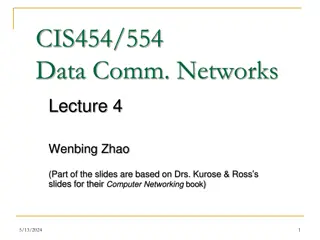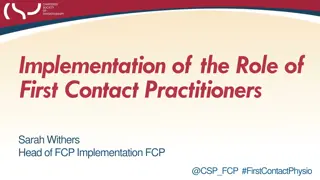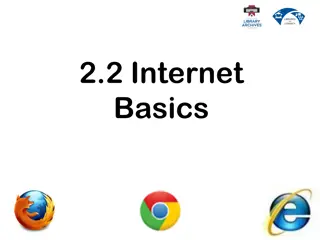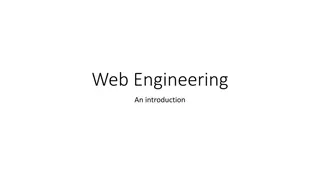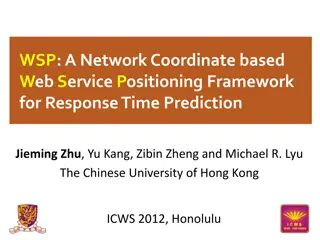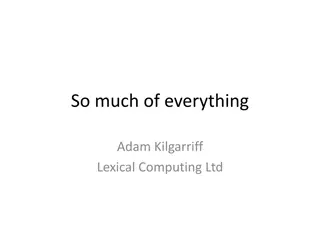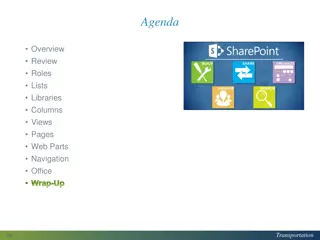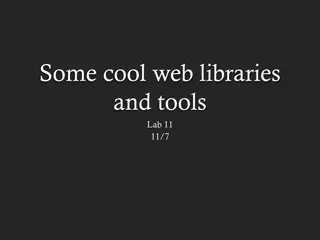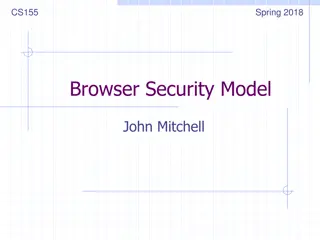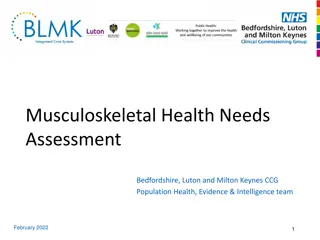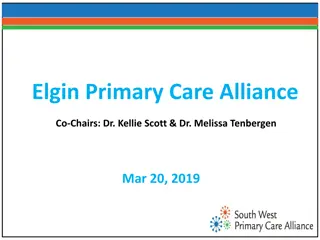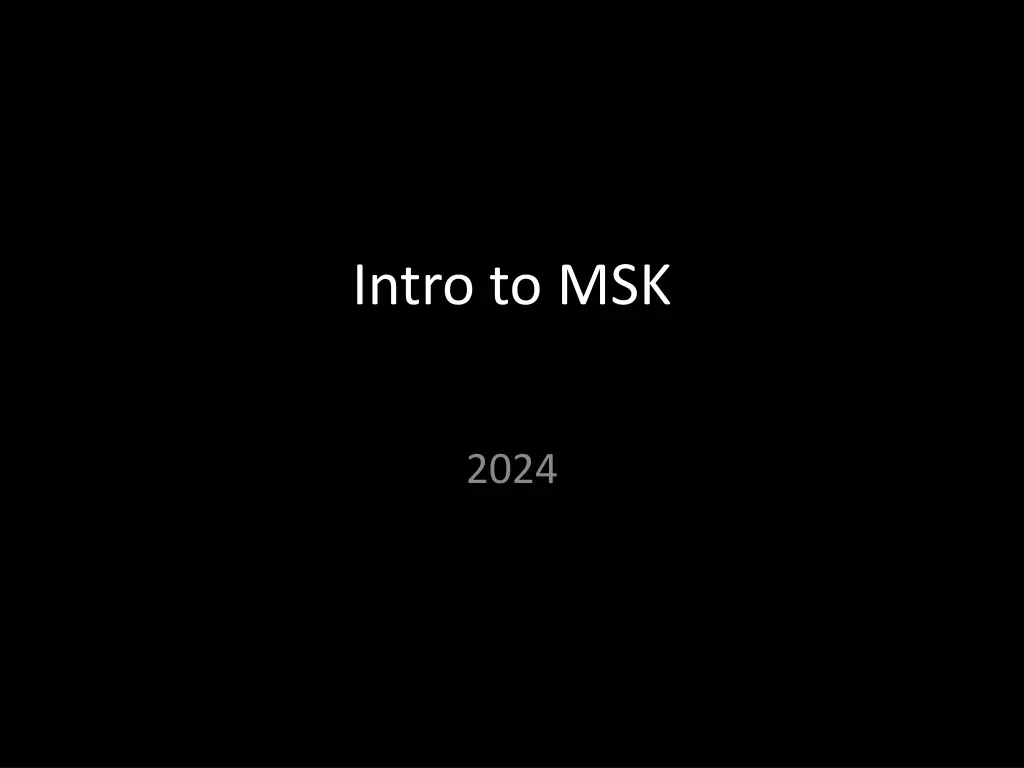
Learn Basics of Bone and Joint Radiology | Intro to MSK 2024
Join Intro to MSK 2024 to learn the basics of bone and joint radiology, including radiographs to high-end MRI. Explore search patterns, sample dictations, common scenarios, fracture management, and can't-miss cases with expert faculty at UNC Department of Radiology.
Download Presentation

Please find below an Image/Link to download the presentation.
The content on the website is provided AS IS for your information and personal use only. It may not be sold, licensed, or shared on other websites without obtaining consent from the author. If you encounter any issues during the download, it is possible that the publisher has removed the file from their server.
You are allowed to download the files provided on this website for personal or commercial use, subject to the condition that they are used lawfully. All files are the property of their respective owners.
The content on the website is provided AS IS for your information and personal use only. It may not be sold, licensed, or shared on other websites without obtaining consent from the author.
E N D
Presentation Transcript
Intro to MSK 2024
Outline Service welcome Search patterns Sample dictation Common scenarios Fracture how to and practice Can t miss cases
Welcome to MSK Goal: Learn basics of bone and joint radiology including radiographs to high-end MRI
RRs One reading room on main campus Back hallway near PACS Old peds RR
Locations One attending on site, main campus Residents all at main campus 1-2 plain film attendings, typically remote
Faculty Attendings 2full-time MSK fellowship-trained faculty Gandiikota Schwartz UNC Department ofRadiology 7
U N C D e p a r t m e n t o f R a d i o l o g y 7 Fellows Fellows The MSK fellowsare here to get advanced training in MSK MRI and procedures 24-25: Shweta
Residents R1 first rotation, mainly plain films Get your hands on few lower extremity joint MRIs Residents typically assigned to either MRI or procedures Help with radiographs when time allows
Rotations - Radiographs Read radiographs (no longer C spine CTs) Worklist: MSK PF Staff RR Attending
Radiographs Busy
Radiographs Busy LOTS of learning opportunities!
Radiographs First rotation start slow One joint Then move on when feeling (slightly) more comfortable Knees->shoulders->hips->ankles->hands->feet->spine/etc Focus on learning anatomy, exam views, accuracy Ideally, 40-50 studies per day at end of 1st block
Radiographs Second rotation Review all studies with ED focus to get ready for call STATs Work on speed/efficiency Call is fast paced One radiograph q4-5 minutes One CT every 10 minutes Ideally, 60-70/day at end of rotation
CT/MRI/US/proc Start with one joint ie: Knee Then move on to shoulder, hip, ankle Osteomyelitis studies Begin with anatomy in one plane and then look at other planes Build search pattern for each joint
CT/MRI/US/proc Protocols In general, most MRI studies routine (without contrast) Contrast is helpful for infection/inflammation and to characterize masses/tumors Follow Contrast guidelines for AKI/CKD CT state FOV in protocol Ie: CT right knee wo contrast distal femur to proximal tibia, 2 mm MSK 3 planes, axial soft tissues
CT/MRI/US/proc Protocols Ensure all contrasted MRI studies include pre and post images Optimize field of view to small as possible/region of concern Entire foot protocolled only if necessary large FOV Ask for markers on lesions Ask for help!
CT/MRI/US/proc Fluoro Steroid and arthrogram injections, joint aspirations First/second rotations Try shoulder and hip Technique is transferable to other joints Learn how to do a hip aspiration!! Ideally, 3 before UL call
CT/MRI/US/proc US/CT procedures We do consults and notes for these Take down info and go over with fellow/attending Needs attending approval before proceeding Consult note in EPIC
CT/MRI/US/proc Consult example Ordering MD and contact info Review imaging Think about how procedure will affect management Does benefit outweigh risk Preferred target? Recent labs? PT/INR, plts On anticoag? Consentable? Interpreter needed? Safest route Present case to attending Contact clinician with decision Have them or their admin call biopsy scheduling
Search pattern Start reviewing normal anatomy and standard views Then build search pattern Bones: fractures, bone lesions, periosteal changes, erosions Alignment: subluxation or dislocation? Joints: narrowing, signs of OA (osteophytes, subchondral sclerosis, geodes) or does not fit typical pattern for OA Soft tissues: swelling, gas, foreign body
Sample dictation There is no acute fracture. Alignment is normal. Joint spaces are normal. Soft tissues are normal. Caveat that each joint/study may have specifics
Common scenarios Study review Techs may call to check images for Osteomyelitis VP shunt integrity VP shunt valve reading Other if question/concerns about study
Osteomyelitis Tech calls Open up study Ask if they have ulcer Also ask where they are coming from/going Ensure you can see region of concern on orthogonal views If not, can ask for other views ie: can you get another lateral view and lift the big toe a little more to see the second toe better? If emergent findings (ie: soft tissue gas all over the place) need to act on this, meaning if patient is outpt do NOT let the patient go home Looking for cortical erosions, focal osteopenia, periosteal new bone, soft tissue gas
Shunt integrity Tech calls Ensure you can clearly see entire shunt in orthogonal views (AP and lateral) Can ask for more views if not Look for discontinuity, kink, detached tubing, catheter migration
Shunt valve reading Tech calls What kind of shunt? Need perfect AP of the shunt valve (which is likely an oblique) ref: Programmable CSF Shunt Valves: Radiographic Identification and Interpretation by Lollis et al. Or UWash page Do NOT give valve reading if unsure ask for help!
Fracture checklist Open or closed Simple or comminuted Location: long bone prox/mid/distal Displacement Relation of distal to proximal fragment Angulation Intra or extra-articular Other fracture? Underlying bone lesion?

